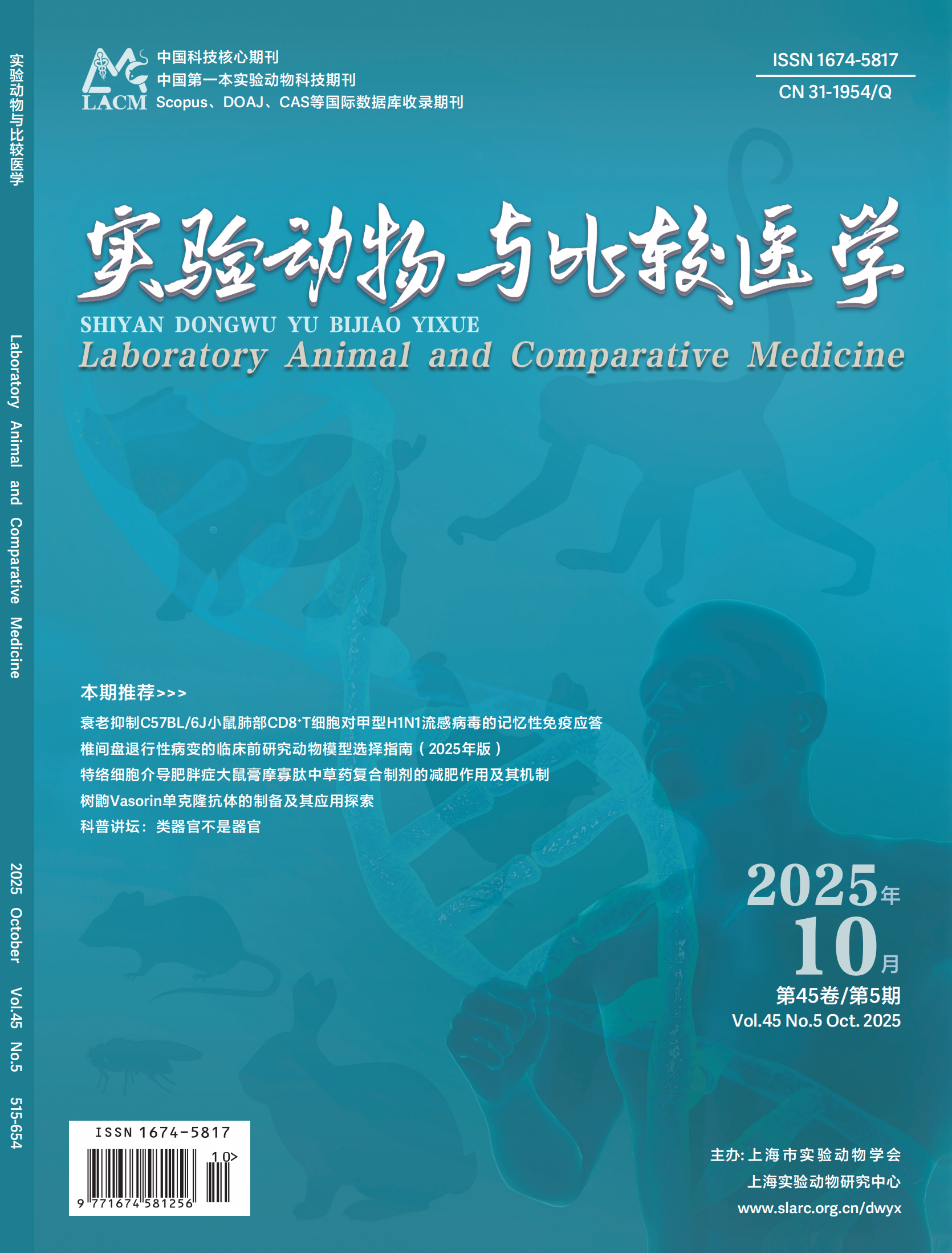Objective To explore the advantages and disadvantages of orthotopic mouse model of pancreatic cancer established by orthotopic injection of tumor cells and transplantation of tumor tissue block, in order to provide technical reference for the establishment of orthotopic mouse model of pancreatic cancer with the purpose of precision ablation treatment.Methods A total of twenty healthy aged 6-8 weeks male C57BL/6 mice were divided into four groups, with five mice per group. Direct injection of mouse pancreatic cancer Panc02 cell was used in group A, direct injection of mouse pancreatic cancer Panc02 cell (containing matrigel) was used in group B, tumor tissue block transplantation of mouse pancreatic cancer was used in group C, the tumor tissue block hydrogel bonding method was used in group D. The tumor formation rate, tumor size, the degree of abdominal organ adhesion, tumor metastasis were observed after surgery in each group of mice. Tumor histomorphology and expressions of Ki67 and α-smooth muscle actin (α-SMA) protein were detected by HE staining and immunohistochemistry, repectively.Results The tumor formation rates in groups A, B, C, and D were 60%, 80%, 100%, and 100% respectively. After modeling for 16 d, the tumor volume of mice in group A was (47.80±42.99) mm3, with poor homogeneity. The tumor volume of mice in groups B, C and D [(68.43±16.77) mm3, (105.86±17.25) mm3, (128.98±13.41) mm3 , respectively] was significantly larger than that in group A (P < 0.01), with better homogeneity. The severe abdominal adhesion rate in group A mice was 100% and 80% in group B, and no severe abdominal adhesions occurred in groups C and D. The metastasis rate was 100% in group A and 60% in group B, and no tumor metastases were found in mice in groups C and D. There was no difference in the tumor formation of the four groups of mice, and no significant difference in the expression of Ki67 and α-SMA proteins in the tumor tissues (P > 0.05).Conclusion The establishment of orthotopic pancreatic cancer in mice by tumor tissue transplantation and hydrogel adhesion has the advantages of high tumor formation rate, less metastasis, mild adhesion of abdominal cavity, no change in the biological characteristics of tumor cells, easy operation and popularization, and better modeling effect.

